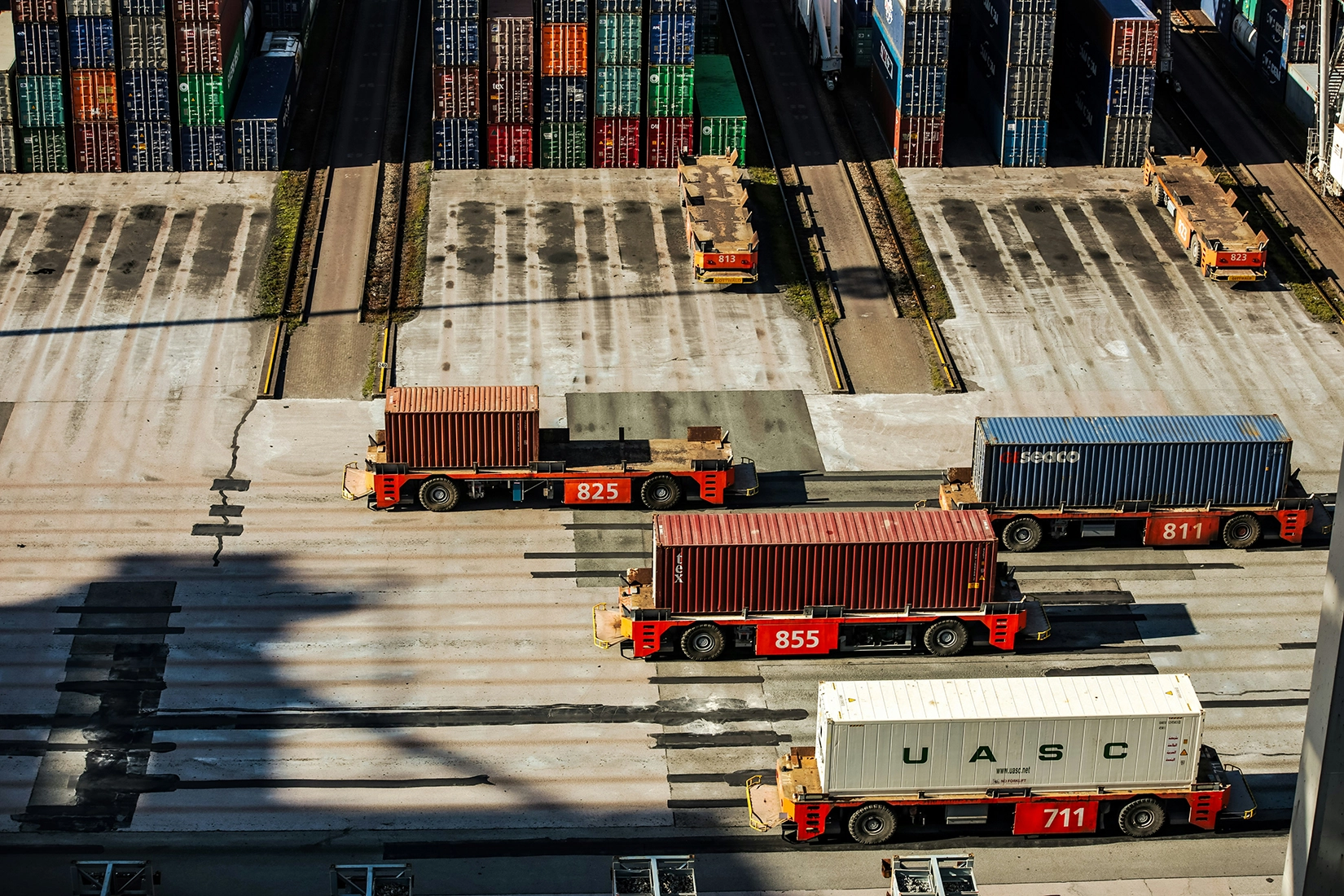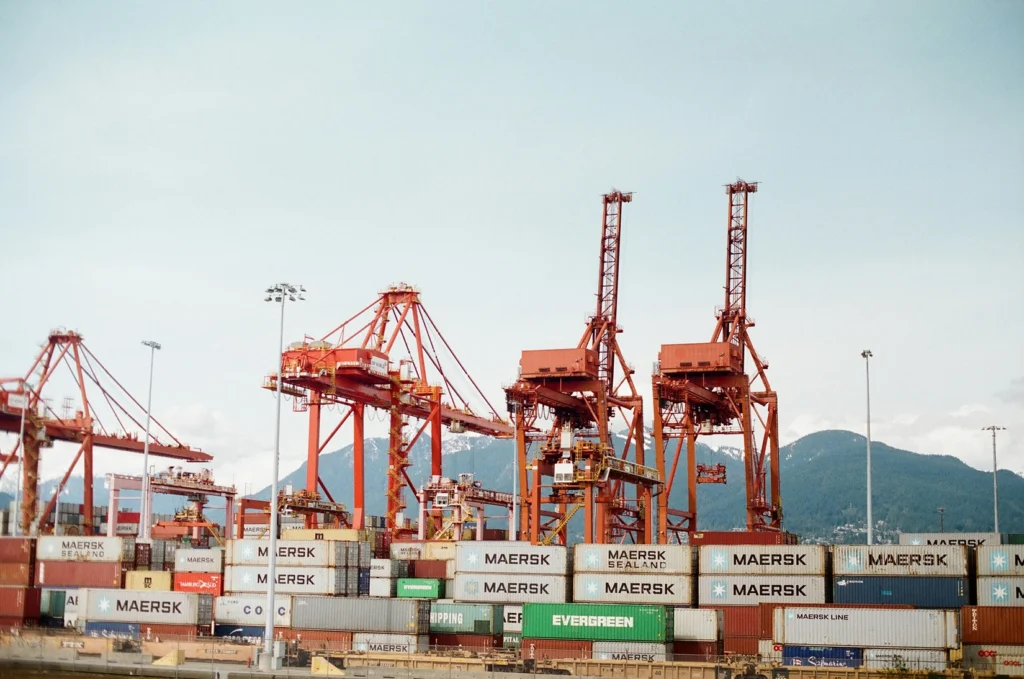From China to Mexico? How U.S. Tariffs Are Forcing a Trade Lane Rebalance

Over the past few years, escalating trade tensions between the United States and China have led to a dramatic shift in global trade patterns. As U.S. tariffs on Chinese goods have increased, businesses, especially those in manufacturing, have been forced to rethink where and how they produce goods for the American market. A growing number are turning to Mexico as a strategic alternative, leading to a rebalance of trade lanes, reshaping the global economy.
The Tariff Trigger
In response to perceived unfair trade practices and national security concerns, the U.S. imposed a series of tariffs on hundreds of billions of dollars’ worth of Chinese imports. These tariffs, introduced in stages since 2018, have significantly raised the cost of importing goods from China into the U.S. For companies heavily reliant on Chinese manufacturing, this has been a wake-up call.
The Mexican Advantage
Mexico, already tied to the U.S. through the USMCA (United States-Mexico-Canada Agreement), has emerged as a prime beneficiary. The geographic proximity to the U.S., favorable trade terms, and a growing industrial base make it an attractive alternative to China. Moreover, shipping from Mexico to the U.S. is faster and cheaper than trans-Pacific routes, reducing logistical risks and costs.

Nearshoring in Action
Major manufacturers in sectors like electronics, automotive, textiles, and consumer goods are increasingly adopting a strategy known as “nearshoring,” moving production closer to the end market. This shift is not only driven by tariffs but also by supply chain disruptions experienced during the COVID-19 pandemic, which exposed the vulnerabilities of distant, complex logistics networks.
Challenges and Growing Pains
However, the transition is not without its challenges. Mexico faces infrastructure constraints, labor shortages in some regions, and the need for greater investment in technology and skills. Still, the long-term outlook is promising, with increased foreign direct investment and government incentives helping to build capacity.
A New Trade Landscape
The shift from China to Mexico is emblematic of a broader transformation in global trade. As companies seek resilience, speed, and cost-efficiency, the traditional reliance on China as the world’s factory is being reevaluated. The U.S.-Mexico trade corridor is likely to grow stronger in the coming years, marking a significant shift in global trade.
